Pangasius fish are termed both basa and swai fish. They are found commonly in Southeast Asian countries like Vietnam, Cambodia, Thailand, etc. They are more famous in Asia, as they are now farmed in countries like Bangladesh and India. A Pangasius fish is a type of catfish. They are from the catfish family. They are called bocourti, swai, or basa fish in North America and Australia. In Europe, pangasius, or panga, is the name for this fish. There are more prominent types of catfish out there. They can grow big enough, or you can say a moderate size. They are slow growers on the farm, and the price of this fish is better than other species. There are a lot of things to talk about with pangasius fish.

Scientific name and classification
The pangasius fish belong to the catfish type. The name catfish is given because they have hair-like substances similar to those seen in cats, but it is not actual hair but resembles the external mouth hair of the cat.
The scientific name of the Pangasius fish is Pangasius spp. It belongs to the family Pangasiidae and is classified within the order Siluriformes, which includes various species of catfish.
Appearance
The fish has a very wide and long mouth. The barbels around its mouth are a sign of the catfish family. The body color of the fish is grayish. The body is flat. The fish has a thin head and tail, but the middle portion of the body is thick.
The head is thin and triangular. The snout is round. This fish has two pairs of chins, and the upper jaw is longer, but the lower jaw is shorter than the upper jaw.
In the anatomical dissection in the anterior part, the spine is a serrated dorsal spine and not as strong as the pectoral spine of the fish.
Life cycle and growth
The fish is found in the Mekong River and its branches. From this, it goes to different countries in Southeast Asia. They are not fast migrants in this process; they migrate slowly.
This fish lives in fresh water. They do not live in salty water, but if the concentrations of the water NaCl are as high as 0.7% to 1%, they can survive the condition easily. They have more red blood cells in their body than other fishes. This helps them to stay in a low-oxygenated condition. As we know, red blood cells are the carrier of oxygen to the body. The higher red blood cell helps them to survive the harsh situation. Besides, they have extra respiratory organs, which enable them to breathe in extreme conditions. In the beginning, the offspring or baby of a fish can be 10 to 12 centimeters early, and they can gain weight up to 15 grams.
Habitat
Pangasius or basa fish originated from the Mekong River in Vietnam. Then, it flows to different parts of Southeast Asia. This fish is mainly found in large rivers as it is suitable for their life cycle and reproduction process. They also migrate to the forest rivers when there is a flood occurs. The juvenile fishes migrate to the deep river when there is less water at the end of the rainy season. After the water level reaches normal, it comes back to the area where they were born. In their natural habitat, they can live for 20 years. They can gain 18-20kgs and more than 1 meter in length in their natural habitat. But in a pond or artificial farming, they can be 25kg within ten years of age.
Food
Pangasius fish falls into the omnivorous category. An omnivorous individual can eat both plant and animal products. They are omnivorous, as they eat other small fishes at the time of development. Catfish are known for eating other small fishes. They also eat aquatic plants and different types of insects.
In farming, they are fed different types of feed, such as commercial products. These commercial products are used to increase rapid development in their body. They can gain weight quickly with these commercial feeds. Besides, these feeds are made of bone meal, different types of animal proteins, and blood meal and have plant-based components.
Reproduction
Spawning is the reproduction process of pangasius fish. The process begins when females emit their eggs into the water and males emit their sperm to fertilize the egg. Then the baby fish called ‘fry’ is born. But this only occurs in the natural habitat.
In farming, the fish is manipulated to breed in the breeding season. They control the breeding process by controlling the water temperature, the light in the area, the feed supply, and others. When males and females excrete their sperm and egg, they collect it and put it into a separate tank, where frys are born.
Fishing
These fish are cultivated from the farm when they are of average size and weight. The average weight of the fish is around 2 to 4 kilograms. They grow rapidly on the farm. So, it is profitable for the farmer to cultivate them when they are of average size. Besides, in natural habitats, the fish is usually caught when migrating to the deep river. It is easier to catch at that time. The small fish are thrown back into the river in the fishing process.
Nutritional Value
The fish has excellent nutritional value. Fish fat is rich in omega-3 acids, which is suitable for anyone as it decreases cholesterol and reduces the chance of heart attack and stroke. Besides, it increases the good cholesterol in our body and keeps us healthy. The fish grow rapidly, and for this, it has a better protein value. Protein protects our body from muscle loss and diseases. Protein helps in the time of infection. Proteins come with creatinine, which helps to fight an infection in our body. Moreover, with better protein value, this fish is a good choice for people concerned with their diet.
Pangasius fish are commonly found in Asia. The demand for this fish is increasing for both the customer and the farmer. The rapid growth and better nutritional value make the fish more demandable for everyone.

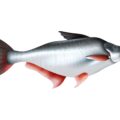
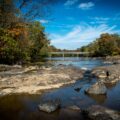
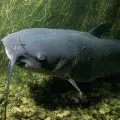




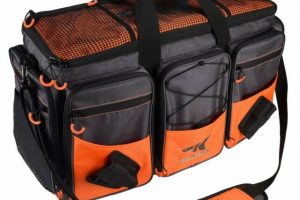
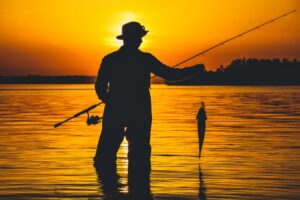
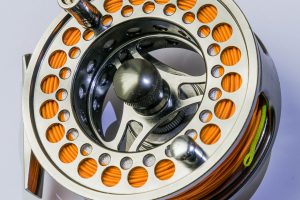

Pingback: How Big Can a Pangasius Fish Get? | Reel Fishing Guru
Pingback: Where are Pangasius Native to? | Reel Fishing Guru
Pingback: Are Pangasius Fish Dangerous? | Reel Fishing Guru
Pingback: Are Pangasius Fish an Invasive Species? | Reel Fishing Guru
Pingback: Can You Eat Pangasius? Unveiling the Facts about this Popular Fish | Reel Fishing Guru